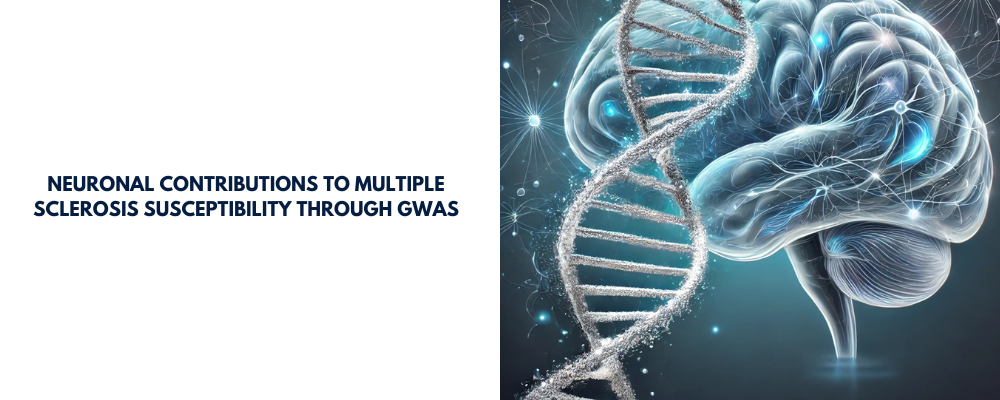Neuronal Contributions to Multiple Sclerosis Susceptibility through GWAS

Multiple Sclerosis (MS), a debilitating neuroinflammatory disease, has long been associated with autoimmune dysfunction. While prior genetic studies emphasized immune-related variants, a recent multi-ancestry genome-wide association study (GWAS) broadens the narrative, illuminating the pivotal role of neuronal and glial dysfunction in MS susceptibility. This groundbreaking study analyzed data from over 750,000 participants, identifying novel genetic loci and advancing our understanding of MS's complex etiology.
Expanding the Genetic Landscape
The researchers uncovered 236 non-MHC susceptibility variants, including 38 novel associations, through an expanded GWAS meta-analysis. By integrating data from diverse cohorts such as the UK Biobank, eMERGE-III, and the All of Us cohort, the study underscores the importance of inclusivity in genetic research. Remarkably, inhibitory neurons emerged as a key player, challenging the traditional focus on immune cells alone.
Polygenic Risk Scores (PRS)
Using the identified variants, the study developed a polygenic risk score (PRS) optimized for European ancestry, which demonstrated predictive capacity in African-American and Latino populations. While the score's performance was reduced in non-European groups, its validation across ancestries signifies a step toward personalized risk assessment and management.
Neuronal Contributions and Functional Insights
Single-cell analyses revealed that MS-associated variants often affect gene expression in central nervous system (CNS) cell types, particularly inhibitory neurons. For instance, variants near STAT3 and IL7 loci, traditionally associated with immune signaling, exhibit unique functional consequences in neurons. This suggests a novel interplay between neuronal and immune pathways in MS pathogenesis.
Shared and Unique Genetic Architecture
MS shares genetic risk with autoimmune diseases such as Type 1 Diabetes and Rheumatoid Arthritis. However, 50 of the 236 identified variants appear specific to MS, likely contributing to the CNS-specific manifestation of autoimmune dysregulation. This specificity highlights the nuanced genetic underpinnings distinguishing MS from other inflammatory diseases.
Implications for Future Research and Therapy
The findings redefine the biological scope of MS, emphasizing the necessity to target neuronal pathways alongside immune mechanisms. Future research may explore how neuronal dysfunction bridges the gap between peripheral autoimmunity and CNS pathology. Moreover, the study advocates for larger, diverse cohorts to enhance PRS applicability and uncover population-specific genetic factors.
Conclusion: Toward a Comprehensive
Understanding This study marks a paradigm shift in MS research, shedding light on the underappreciated role of neuronal and glial cells in disease susceptibility. By integrating multi-omic data and embracing genetic diversity, it paves the way for novel therapeutic strategies and personalized medicine in MS.
Reference:
Zeng, L., Khan, A., Lama, T., International Multiple Sclerosis Genetics Consortium, Chitnis, T., Weiner, H., ... & De Jager, P. (2024). GWAS highlights the neuronal contribution to multiple sclerosis susceptibility. medRxiv, 2024-12.
